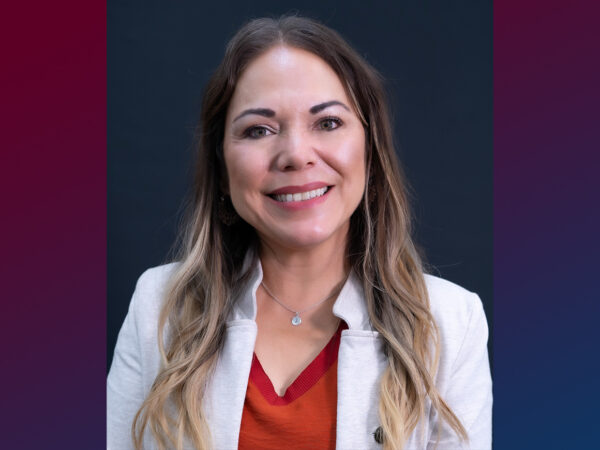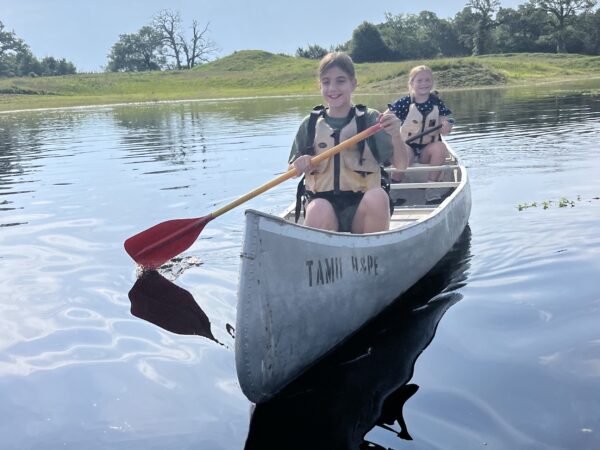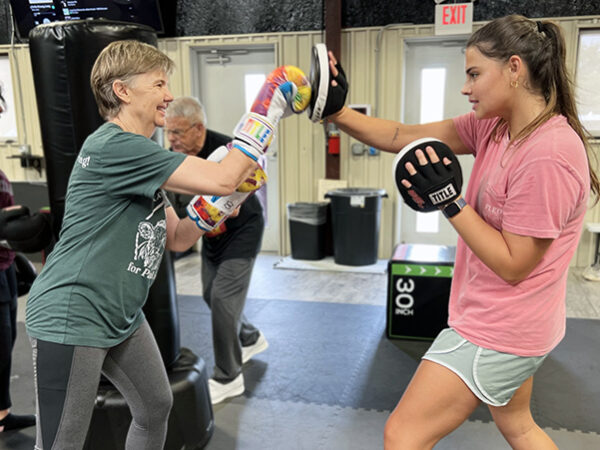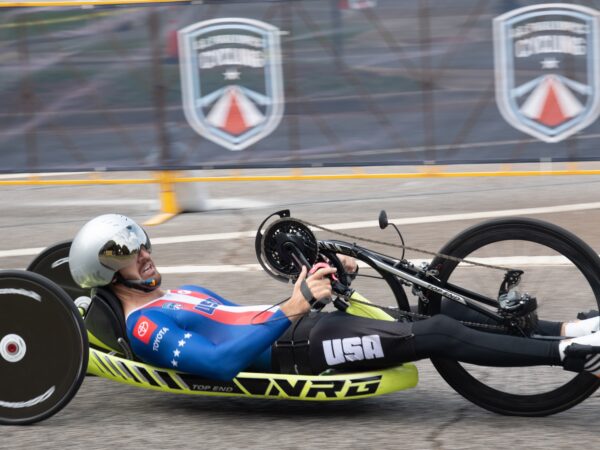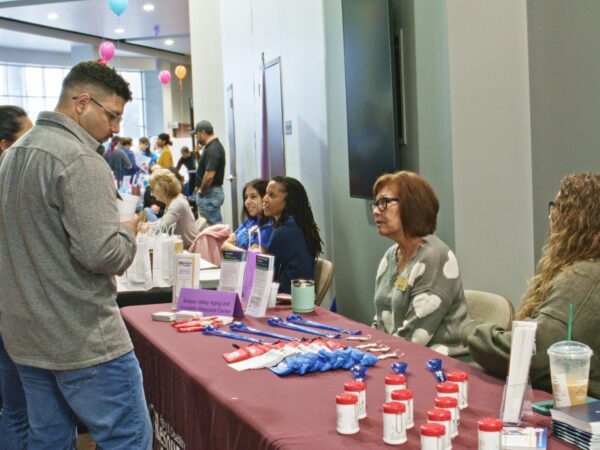New Era of Physical Activity
College students tend to lead busy lives. Attending classes, doing homework and part-time jobs take priority. Health and fitness goals are often put on a backburner.
Forgoing an active lifestyle combined with bad nutritional habits could lead to chronic diseases and problems as you age. “People are designed to be active, and when they are not, it turns on some of the genes that are associated with chronic diseases, such as type II diabetes,” says John Lawler, professor and director of the Redox Biology and Cell Signaling Lab. “We’re now seeing similar diseases and problems with younger people, too, particularly those who are less active.”
A new physical education activity programs building (PEAP) is nearing construction. Conveniently located on campus, this new facility will provide easy access, and perhaps the motivation, to get a quick workout in before, after or even between classes to help make exercise a part of a healthy lifestyle.
Lawler adds, “Exercise has become less a part of our daily living. Many environments have become more urban, making it difficult to incorporate exercise, but not impossible.”
Located on the corner of Penberthy Road and John Kimbrough Boulevard, the PEAP building will include courses and activities for the department of Health and Kinesiology (HLKN).
HLKN shares facilities with the department of recreational sports and the athletic department, a partnership that will continue when the new facility opens.
“The collaboration has always been there. Forty years ago, when I came to work here, I was teaching with PEAP. I worked with the kinesiology program for the first 25 years I worked for the university,” says Dennis Corrington, director of the department of recreational sports.
Each semester, nearly 25,000 students receive instruction through PEAP while thousands of additional students use the student recreational center (REC), Tom and Joan Read building (Read) and G. Rollie White Coliseum (G.Rollie). With the popularity of the REC, this new facility will provide breathing room and more opportunities for students to take advantage of the activities and offerings.
This year an even greater number of students are expected to use fitness areas, further highlighting the need for the new 115,000 square foot facility, which features 12 badminton courts, 6 volleyball courts, 4 basketball courts, 3 weight rooms and 3 special use rooms.
Other features include rooms for fencing, gymnastics, self-defense, dance, yoga, Pilates, sports conditioning, boot camp activities, and meeting areas. Faculty and graduate student offices will also reside in the new PEAP building.
Everyone “work[s] closely together to make health, wellness and activity a priority. Some physical education activity programs instructors also work for the Student Recreation Center as well as teaching classes outside of those offered for credit,” says Gretchen Tyson, instructional assistant professor for PEAP.
A healthier lifestyle is beneficial but it doesn’t mean just spending an extra ten minutes on a treadmill. Diet and proper nutrition are part of the equation, and understanding what to eat is as important as how to exercise. HLKN faculty teaches proper methods and practices to help you achieve a lifetime of good health and wellness.
HLKN plans to move into the new PEAP building for classes, as early as July 2013. An open house is scheduled for fall 2013.
For media inquiries, contact our Media Relations Coordinator, Ashley Green
Fundraising
To learn more about how you can assist in fundraising, contact Amy Hurley, Director of Development ahurley@txamfoundation.com or 979-847-9455.


